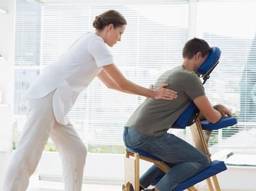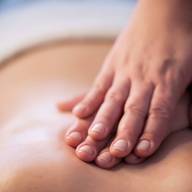What happens during Sports massages?

During a sports massage, the soft tissue of the body is manipulated and worked on with the aim of decreasing the chance of potential sports injuries, and improving one’s ability to exercise and train. Sports massage also supports the circulation of the blood, the delivery of oxygen and nutrients to the muscles, and the removal of waste and carbon dioxide from the muscles.
Some of the benefits of sports massage include a decreased chance of sports-related injuries, increased flexibility and mobility, decreased build-up of lactic acid, and increased metabolism in the cells and circulation of the blood. In addition, sports massage can reduce anxiety and stress, improve mood, and regulate blood pressure.
The method of a sports massage follows four specific steps to get the optimal result for the client:
Warm up
The sports massage therapist first warms the muscles by performing rigorous rubbing motions, sweeping their hands towards the client's heart. This makes the muscle more mobile and increases circulation, preparing the client for deep-tissue therapy.
Break-down muscle adhesions
Thereafter, the therapist will work on the muscle fibres to remove adhesions. Adhesions are formed when a lack of adequate oxygen and nutrients causes muscle fibres to become misaligned. This lack of adequate nutrients and oxygen is often caused when a person misuses, underuses, or overuses a muscle.
Trigger-point therapy
The adhesions in the muscle fibre are compressed and rubbed by the massage therapist, who encourages blood, along with oxygen and nutrients, to the problem areas in the muscle.
Flushing
The therapist uses fast motions with the hands against the problem area to encourage the flow of blood and the removal of waste from the muscle.

